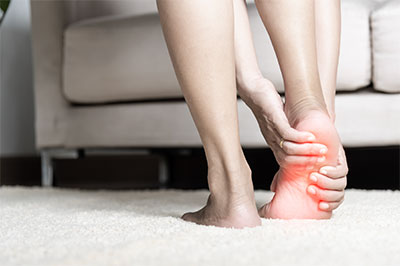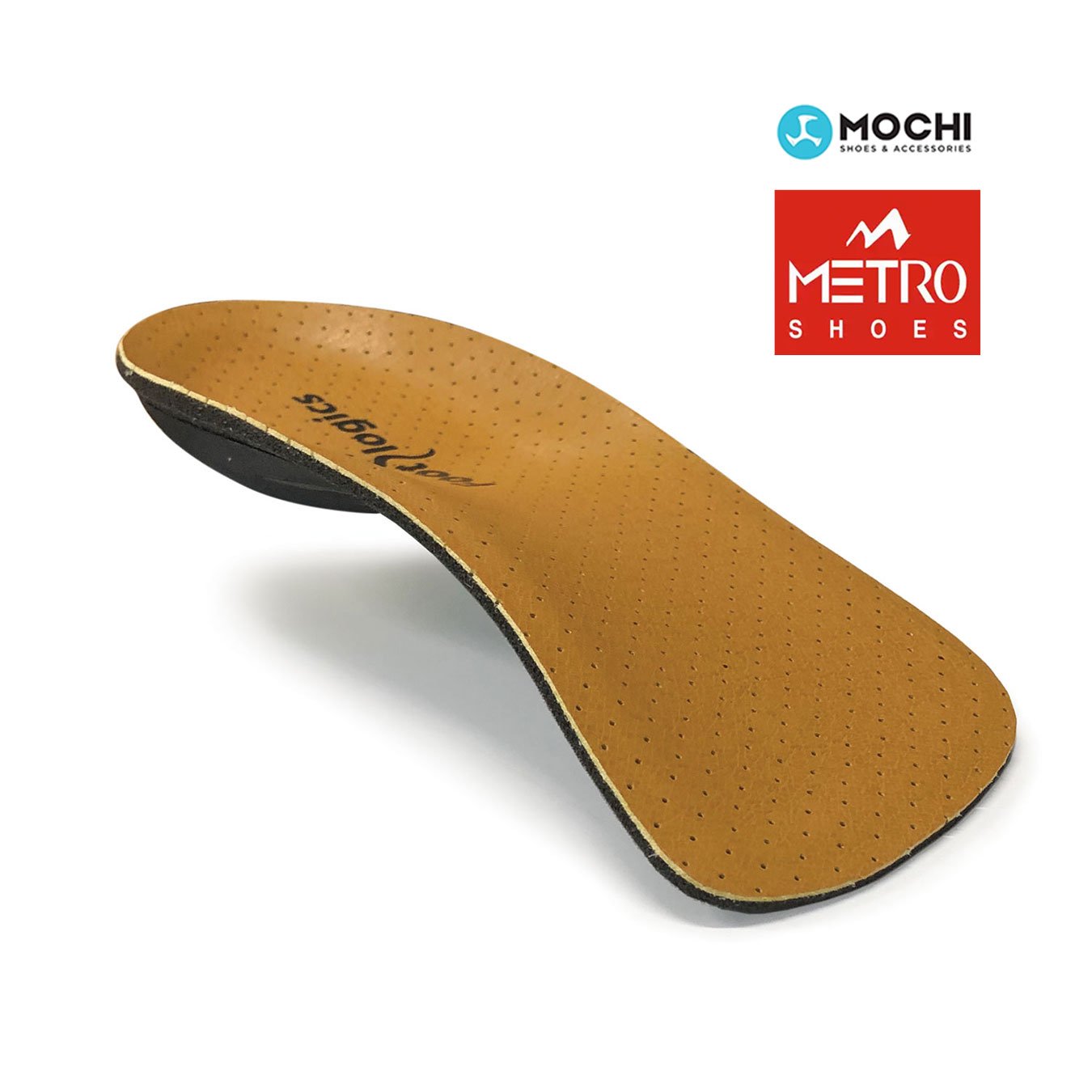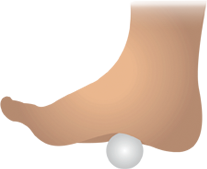
Commonly heel pain is caused by a painful stretching or micro-tearing of the plantar fascia. This is the flat band of tissue (ligament) that connects your heel bone to your toes. It supports the arch of the foot.
Plantar Fasciitis is Latin for "inflammation of the plantar fascia". During normal conditions, the fascia is flexible and strong. However due to factors such as abnormal stress, excessive weight, age, or poor foot function, the fascia can become weakened, irritated or inflamed.
If the foot flattens and rolls inwards (excessive pronation), the attachment of the plantar fascia onto the calcaneus (heel bone) may begin to stretch and pull away from the calcaneus. This painful condition is called Plantar Fasciitis. In addition to Plantar Fasciitis, after a while a 'heel spur' may develop at the bottom of the calcaneus.
During resting or non-weight bearing periods (eg when you're asleep), the plantar fascia shortens. When body weight is rapidly applied to the foot, the fascia must stretch and quickly lengthen, causing micro-tears in the fascia. Hence, the stabbing pain with your first steps in the morning.

Doctors and podiatrists recommend the following treatment methods: • Rest (avoid high impact sports, running, walking long distances or standing for long periods of time) • Ice (3 times a day for 5 minutes at a time) • A daily exercise program In some cases cortisone-steroid injections are performed by a GP directly into the heel bone. However, for long-term, more natural pain relief, you must treat the root cause of the problem: abnormal foot mechanics (over-pronation). This is exactly what orthotic insoles do. Read more about Plantar Fasciitis treatments here...

